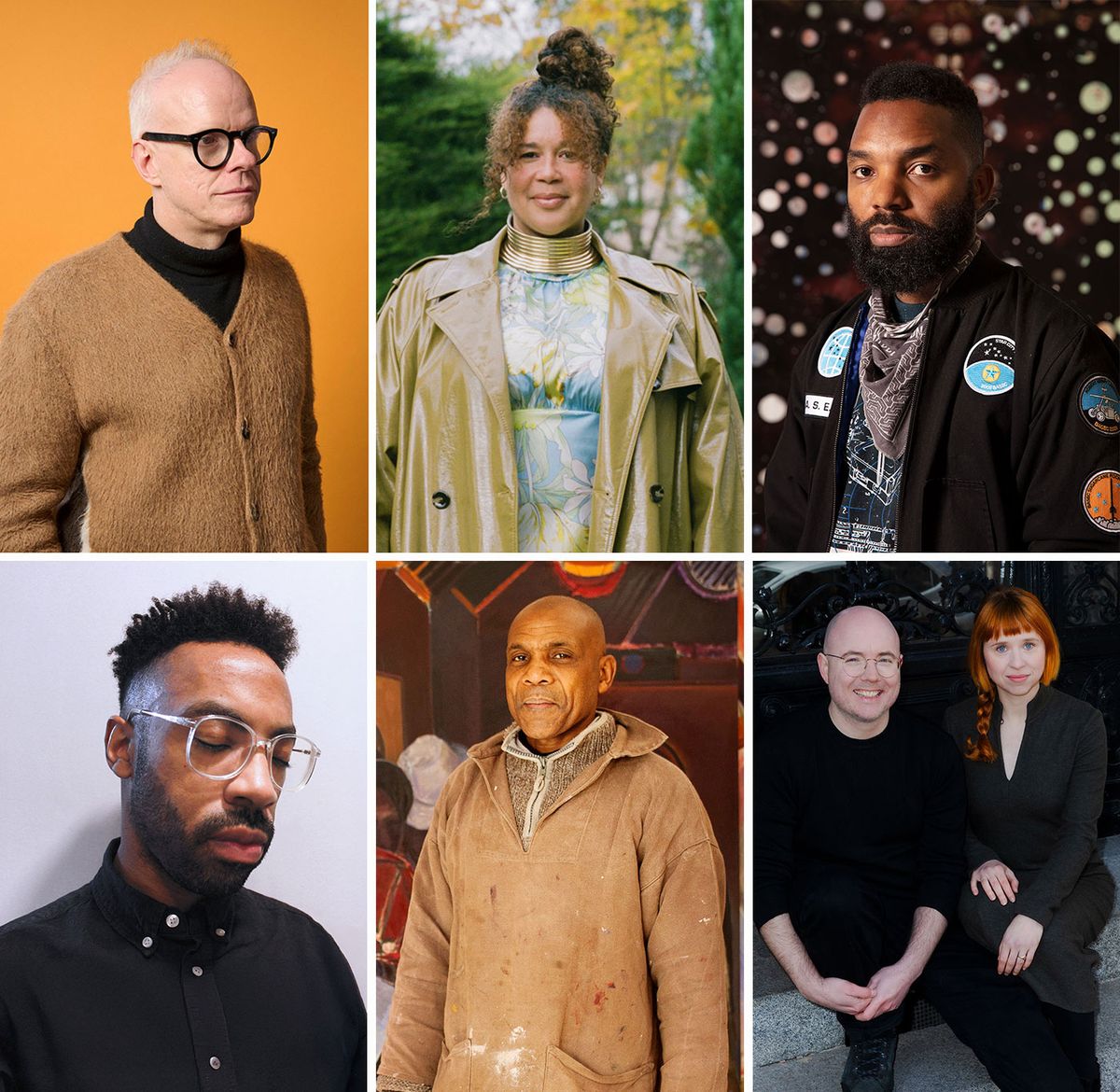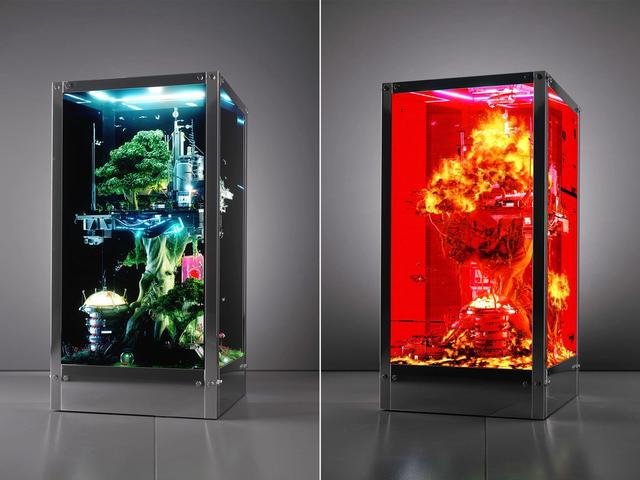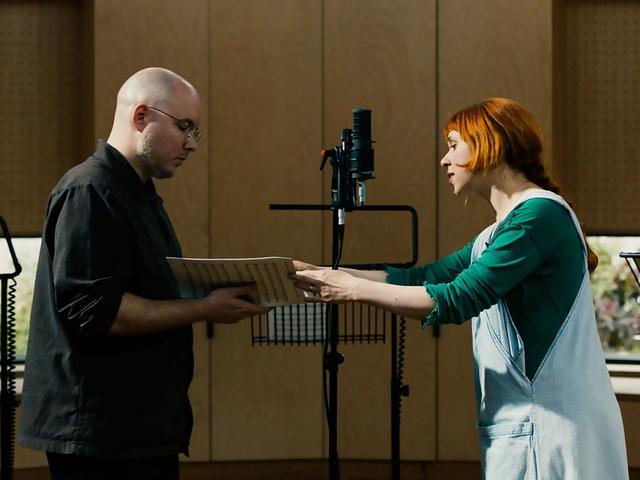The South by Southwest (SXSW) music and technology festival, held in Austin, Texas, since 1987, has built a global reputation for playing host to mind-expanding, boundary-breaking conversations at the confluence of business, technology, film and music. SXSW London, the brand’s first South By festival in Europe, has announced a line-up of artists and curators who will add an art emphasis to the Austin playbook in a week of exhibitions mounted in the creative hotbed of Shoreditch, east London. SXSW London will also feature a multi-venue conference and events and shows built around music, cinema and entrepreneurship.
The visual arts programme, with an emphasis on the coming together of art, music and technology and on the work of London artists from the Caribbean diaspora, will be curated in the first week of June by two leading figures in their field: Beth Greenacre, a long-time collaborator with the widely influential musician and collector David Bowie, and curator of Bowie’s collection until his death in 2016, and Alex Poots, artistic director of The Shed, in New York City, and previously chief executive and artistic director of the Manchester International Festival and artistic director of Park Avenue Armory.
The featured artists are Andy Warhol, a founding father of technology-facing interdisciplinary art, and contemporary practitioners including Alberta Whittle, Alvaro Barrington, Beeple, Damien Roach, Denzil Forrester, Holly Herndon, Mat Dryhurst, Runkus, Tavares Strachan and Zinzi Minott.
Patrick Moore, a board member of SXSW London and former executive director of the Andy Warhol Museum in Pittsburgh, who has been the festival’s cultural adviser for the past year, tells The Art Newspaper that the festival did not want merely to “ transport Austin to London”. The organisers, he says, “felt that it was very important that London [should] have an authentic programme that was reflective of British culture. And it seemed to me that it would be very odd to have, for example, a music programme without including the visual arts and fashion and film altogether, because they seem to me to be uniquely gathered together in English culture.” This emphasis on interdisciplinarity and on the convergence of art and technology was the starting point, Moore says, for something new when the South By brand travelled to London.
The idea of the convergence of art forms, Moore says, is “both an old idea and a new idea. It's new in that it seems very much part of contemporary culture, that young artists don't want to be just a painter, just a film-maker, just a sculptor. They want to pursue every possible creative endeavour.” It is also an old idea, Moore says, “that reminds me of Warhol and [his] insistence on not being boxed into just one area of creativity. South by Southwest is associated with the new and the next and discovery and that's right. But it's also based in something that's older and a traditional idea of breaking down boundaries.”
A spotlight on art and technology
At Protein Studios, an industrial-flavoured space in Shoreditch, Poots will be presenting a four-stage "SX LDN LAB" to explore the intersection of art, technology and physical space. Poots was attracted to Protein Studios from the first as a location that offered the flexibility he needed when working with Warhol’s film archive and with the developing ideas of the leading digital artist and NFT (non-fungible token) pioneer Beeple, the musicians and ground-breaking AI (artificial intelligence) artists Holly Herndon and Mat Dryhurst, and Hans Ulrich Obrist, artistic director of Serpentine Galleries, who will conduct an interview with an artist whose identity has yet to be revealed.
Poots has been involved for years, he tells The Art Newspaper, with artists working at new frontiers in technology, and also how space is used, including an “interest in how someone like Marina Abramović might work in space”. He has mounted a show on AI art with the artist Ian Cheng at The Shed, a space that “opened with Björk, who's really at the intersection of art and technology”.
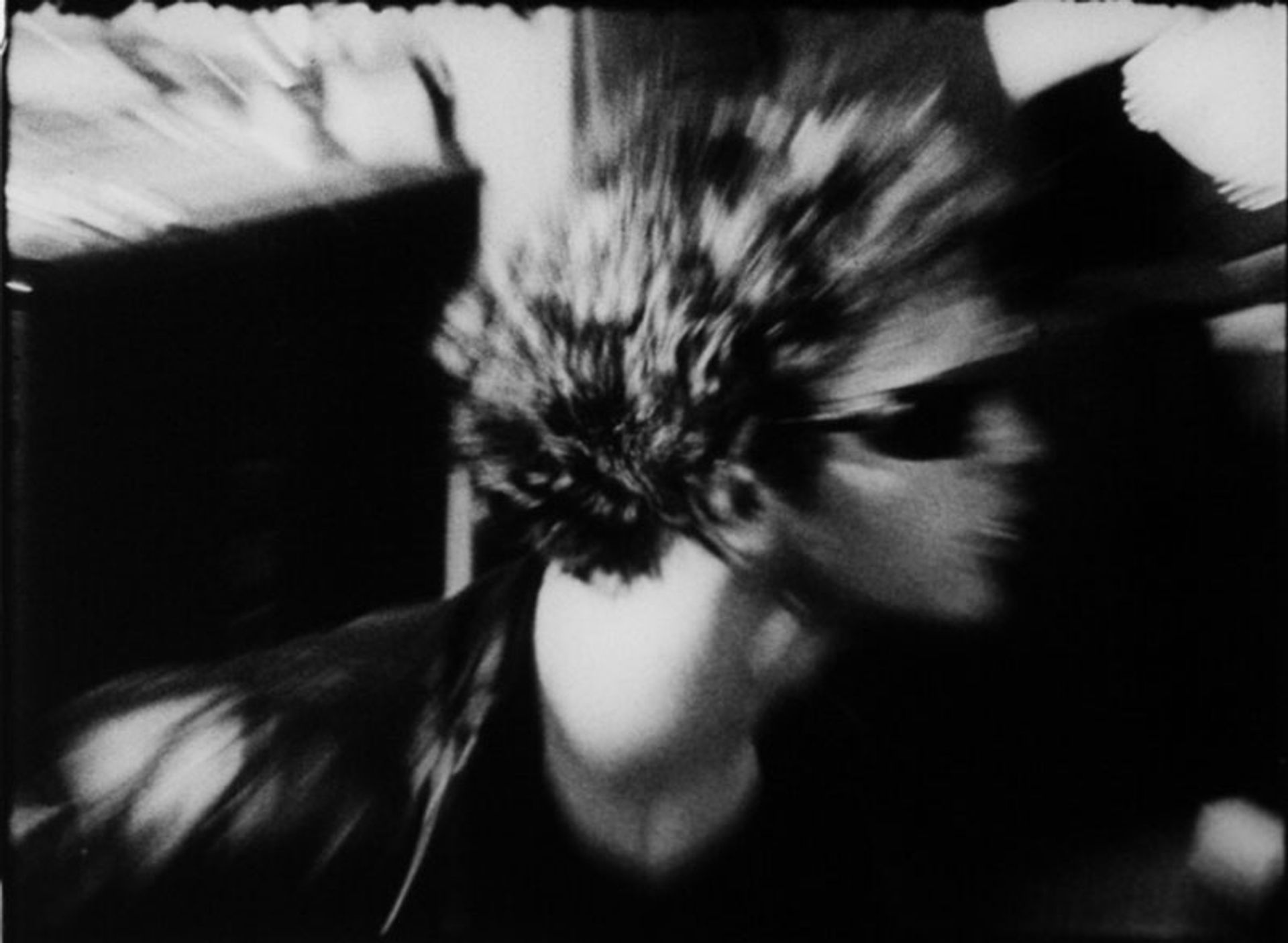
Andy Warhol, The Velvet Underground and Nico, 1966, 16mm film, black-and-white, sound, 66 minutes © The Andy Warhol Museum, Pittsburgh, PA, a museum of Carnegie Institute. All rights reserved. Film still courtesy The Andy Warhol Museum
Poots and his production house North Star Studio have been working with Moore on an installation—the first thing visitors will encounter at Protein Studios—featuring a series of Warhol films, many of which first appeared in the artist’s immersive club show Exploding Plastic Inevitable (1966-67), with musical performances by the Velvet Underground and Nico. Moore says that Poots and he did not want just to recreate Exploding Plastic Inevitable. “We wanted to have a kind of echo of it. One of the most astonishing things that Warhol did was in 1964 to pick up a camera and start making portraits in a different way. Camera and film were the technology of the day. Later on, Warhol would go on to use consumer-grade video as well. But those films, for me, have a life far outside of Exploding Plastic Inevitable. I think they're some of the most significant works that Warhol made. So we wanted to refer to this long tradition in the visual arts of breaking down boundaries using technology.”
Also at Protein Studios, Poots will feature the breakout US digital artist Beeple—the sale of whose NFT work Everydays: The First 5,000 Days (2021) for $69.3m caused such excited art world ripples in the early days of the global pandemic—and his generative sculpture The Tree of Knowledge, which makes its UK debut, addressing themes of nature and sustainability in the context of technology, after being first shown at Italian Tech Week in Turin in September 2024.
For Moore, Beeple's legacy relates directly to that of Warhol. “Not only the use of technology, but also his ambition, his insistence on working outside the strictures of the traditional art world. And also his fascination with commerce. That reminds me of Warhol a lot,” Moore says. “As Warhol moved away from physical artworks into something like film, Beeple has moved from the digital world into the physical world with sculptures,” Moore says. “So that's a very interesting trajectory for him.”
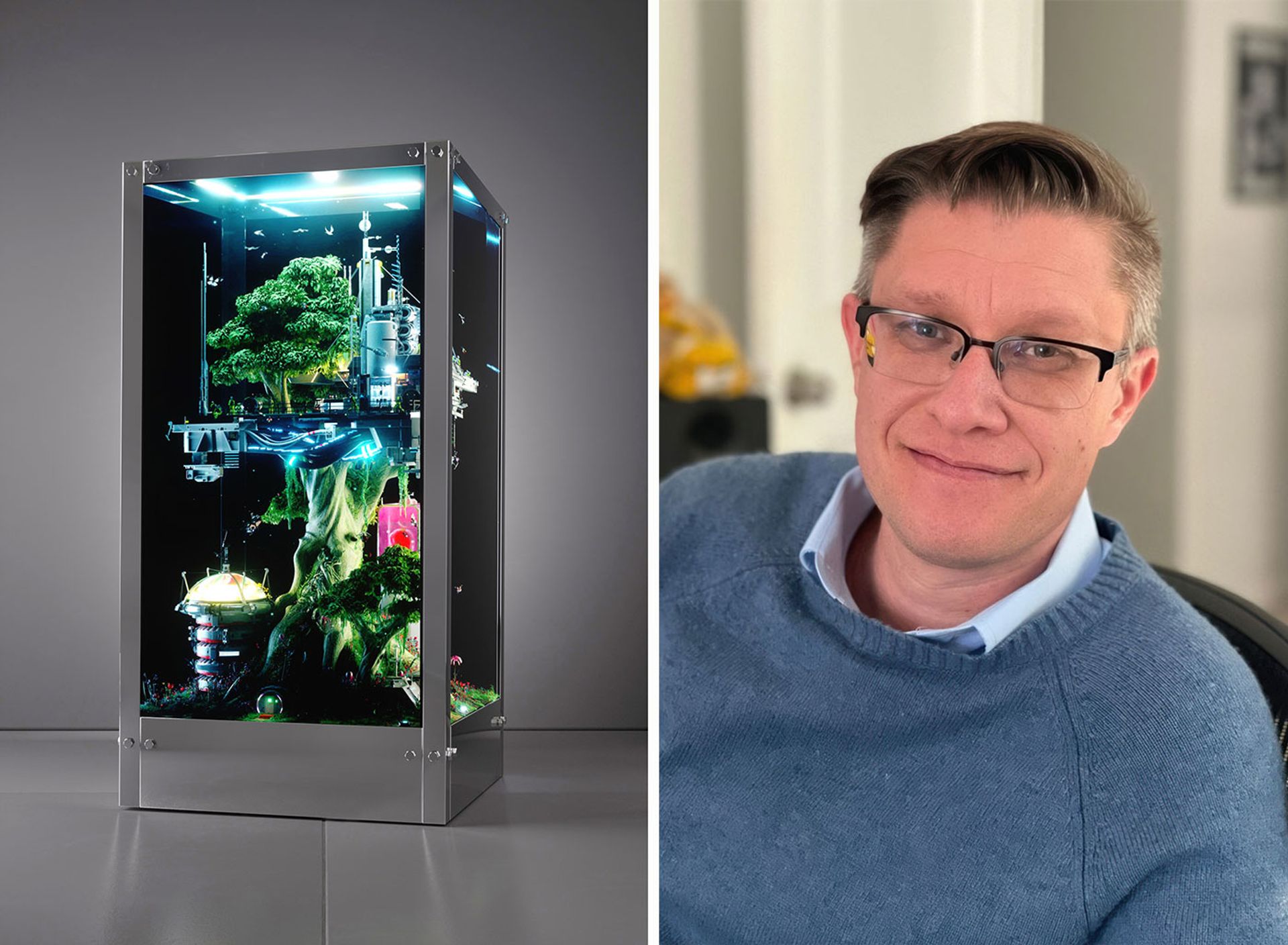
The artist Beeple (Mike Winkelmann, right) will be showing his sculpture Tree of Knowledge (2024), left, at SXSW London The Tree of Knowledge: © Beeple Studios. Portrait: Mike Winkelmann
Beeple built the art world community connection that led to his breakout 2021 sale through his “everyday” daily posts of work on Instagram. Poots is in turn fascinated by the side of Beeple’s practice that has a social aspect that reminds him of “Warhol's works in the 1980s and at Studio 54 and the Factory. This idea that the work goes beyond being something on the wall or a sculpture standing in a museum; that it comes to life in the presence of others.”
“Here is an artist,” Poots says, “who's really coming from a different world … he is not from within the sanctum of the visual art world. And yet I've certainly learned an enormous amount from his practice and from the way the people in the exhibition are part of the work.” Poots refers to the interaction of Beeple’s work “with politics, with music”. The artist’s “grammar”, Poots says, “is more multi-layered than you see if you just look at his work online on a laptop. And I think that's what I'm getting very interested in. And that's why I think he's a significant new voice."
Both Moore and Poots were deeply impressed by The Call (2024), Holly Herndon and Mat Dryhurst’s standout AI exhibition at Serpentine London, built around vocal sets created with UK choirs. Moore and Poots have invited the musician and artist duo to create an interactive music installation, an extension of The Call, to present at SXSW London.
“Holly and Matt are fascinating,” Moore says, “because their work lives in the world of music as well. And it was really important … to remind people that South By is known for music and that music is an important part of what we do.” He adds: “We felt that an interactive music installation from them would be great because there'll be all sorts of musicians attending and performing at South By. And we hope that they'll go in and make music with Holly and Matt's installation using AI.”
“I really wanted to ask Holly and Matt to take something” from The Call, Poots says, “and just advance it a bit. What would they want to do next with one of their pieces?” For Poots, Herndon and Dryhurst are “particularly advanced in this practice of … ancient music combined with a very sophisticated use of AI”.
“Of course, there are real concerns as there is at every revolution, whether it's an industrial revolution or a technological one,” Poots says of art and AI, ”but there's also great beauty and potential in these moments … I'm fascinated in showing positive ways of humans being creative with all different kinds of tools.”
An emphasis on local artists
Just as Protein Studios represents one aspect of Shoreditch’s history, as a home to small businesses and light industry, to craft and creativity, the locations for Greenacre’s two curated shows—the immersive exhibition Beautiful Collisions, featuring the work of leading contemporary artists and examining the role of Caribbean diaspora artists in London’s cultural scene, and the artist Damien Roach’s Grounding—are buildings steeped in the area’s history. The crypt of Christ Church Spitalfields, Nicholas Hawksmoor’s early 18th-century Baroque masterpiece and symbol of the architectural regeneration of Spitalfields, will be home to Beautiful Collisions. The Truman Brewery is the historic former business headquarters of one of east London’s most important employers, Sir Benjamin Truman, an important patron of Thomas Gainsborough, who commissioned the artist to paint pictures of four generations of his family, among them the outstanding portrait of Truman’s grand-daughter Mrs William Villebois.
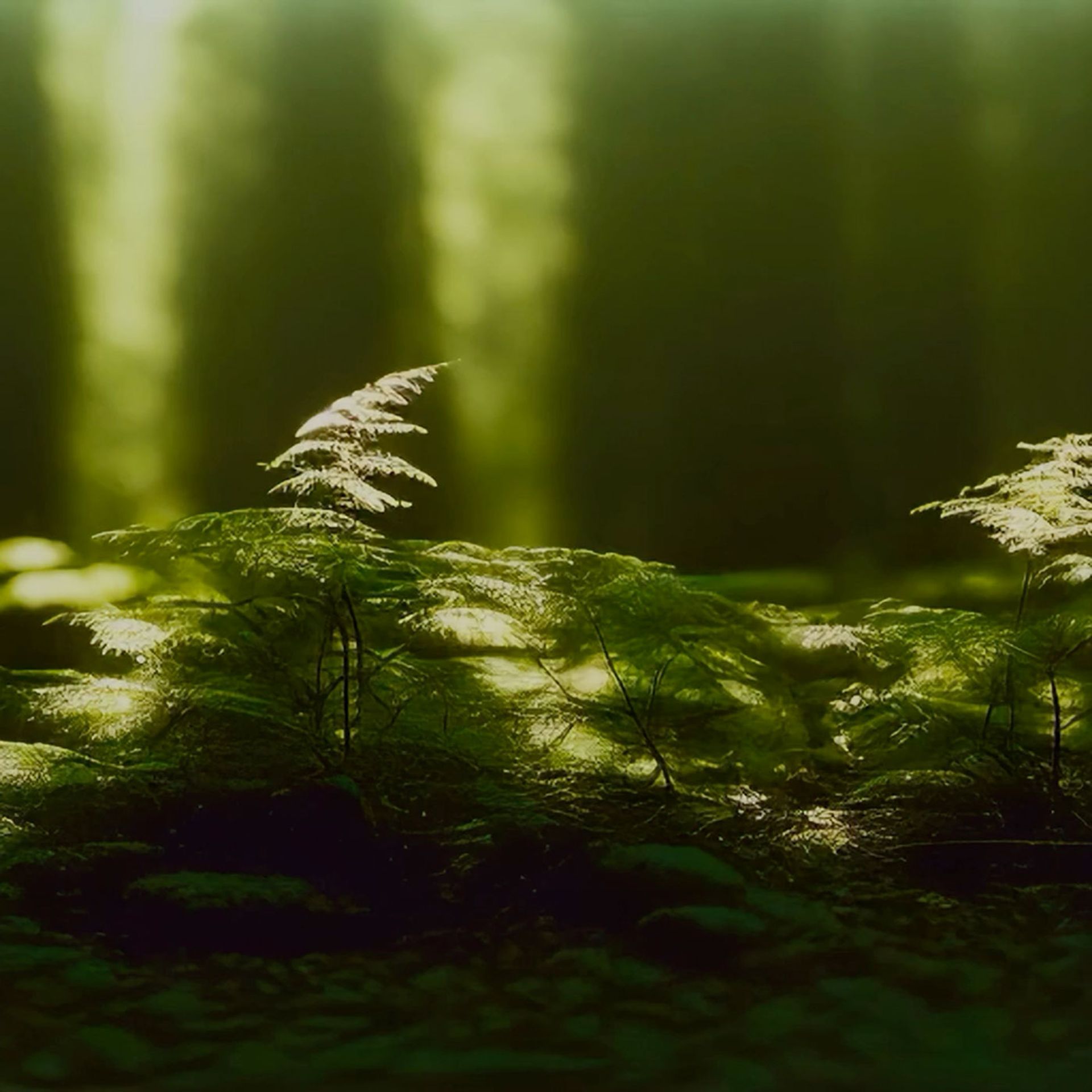
Damien Roach, Grounding. The artist's video installation will be showing in the entrance to Truman Brewery, the main conference venue for SXSW London Courtesy of the artist © Damien Roach, ‘Grounding’, 2025
Greenacre tells The Art Newspaper that she finds it very important to give careful consideration to the history of these sites. “Truman [Brewery] is very urban, has this industrial past,” Greenacre says. For Grounding, Roach's immersive audiovisual installation in the former brewery, the artist, she says, “has thought about the science and the work… you'll come into the space from the street so from the hustle and bustle of Shoreditch with all that industrial past around you. And you'll come into this space which will feel very meditative”. The floors will be Astroturfed to play with Roach’s “very futuristic notions of nature and these will be presented on numerous screens”. These futuristic notions gain resonance from the Truman family’s patronage of Gainsborough, who was an early master of landscape, of the pastoral idyll, as much as he was of the swagger portrait of silk-clad Georgian swells. Roach, Greenacre says, is “really thinking about our relationship to the world. And to landscape … asking us to think about … the current environmental crises.”
Moore is very taken by Roach’s idea that “nature is leading and ever changing. It's both a beautiful idea and an idea that carries with it the kind of the spirit of anxiety we live in about the world at the moment.” Moore highlights the prominent position that Roach’s Grounding will enjoy, “because literally every person going through into the Truman Brewery for the conference will walk through Damien's installation. So it's a real sign from us to these people who may be coming from the media world, or the technology world, that the visual arts and interdisciplinary work are going to be part of their experience.”
At Christ Church Spitalfields, Greenacre was excited at the thought of working with a Baroque masterpiece as the venue for Beautiful Collisions, “but also thinking about its historical importance” as one of the 50 new churches earmarked by act of parliament in 1710 to accommodate London's growing population. Greenacre finds that history “speaks really strongly to what we have … curated within that space which looks at the immediate population of Spitalfields and the history of its multicultural and really diverse communities that historically have grown up around Spitalfields and Shoreditch”.
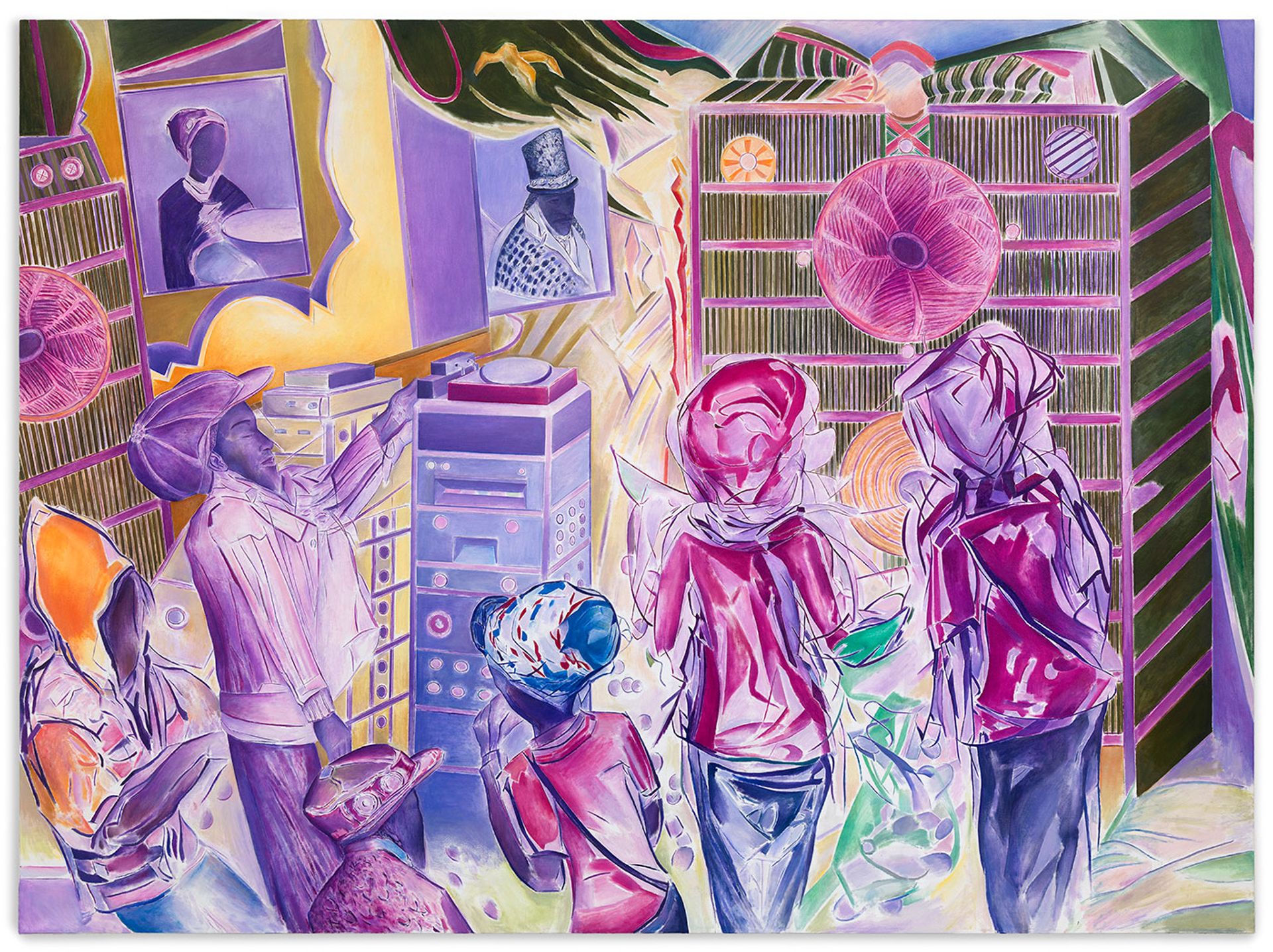
Denzil Forrester, Tribute to Shaka, 2024. Oil on canvas Copyright Denzil Forrester. Courtesy the artist and Stephen Friedman Gallery, London and New York. Photo by Todd-White Art Photography
Beautiful Collisions, Greenacre says, is built around Christ Church as a site of community, gathering and unity. “That's really what underpins the exhibition,” she says, “thinking about the Caribbean community and artists from the Caribbean diaspora, their impact on London creativity across all art forms and their importance in what the community has provided us with, but also thinking about this really beautiful sort of convergence of the dance hall and the church and the priest and the DJ.” For her, music is what brought the artists involved together.
The first artist she thought about, Greenacre says, was Denzil Forrester. He had come to the UK, she says, and, found himself from the late 70s to the 90s frequenting the clubs of Stoke Newington, north London, a subject that still influences the paintings he creates to this day. “Denzil talks so beautifully about these sites [as] a space of unity and a place of community and a place of safety as well,” Greenacre says. “When you look at Denzil’s paintings you feel that energy and you feel that sense of togetherness … Regardless of the histories that have brought artists and makers and all of the Caribbean community to London, there is a sense of positivity and joy.”
“Alvaro Barrington is another prime example,” Greenacre adds. “His practice is very much about collaboration and about community and he works with many different makers from musicians to craft people throughout his practice. He's very closely aligned with Notting Hill Carnival, for example, and that sense of the Caribbean community.” Emelda’s Junction, part of Barrington’s studio, will be co-curating a musical intervention. Tavares Strachan, Greenacre says, is working with food and is bringing in another artist, Runkus, a Jamaican musician and producer that Strachan has worked with on many occasions before.The artist Zinzi Minnot will be creating an installation for Beautiful Collisions, a sound and video work, while Alberta Whittle, Greenacre says, “will be animating the space with sculptures, three of which are her limbo dancers”.
“We're going to really have this sense of a physical experience,” Greenacre says. “The audience will move and be moved through the space.” The final multidisciplinary element will be food, she says. “Those who have been brought up in a Christian tradition will recognise the breaking of the bread in church and what bringing people together around food means in terms of community. We're going to have a cafe throughout the exhibition and a library and that's going to be co-curated with Tavares and that will be looking at food or will be serving food that is significant to the Caribbean and might never have made it to the UK without the histories associated with the Caribbean community in London and across the world.”
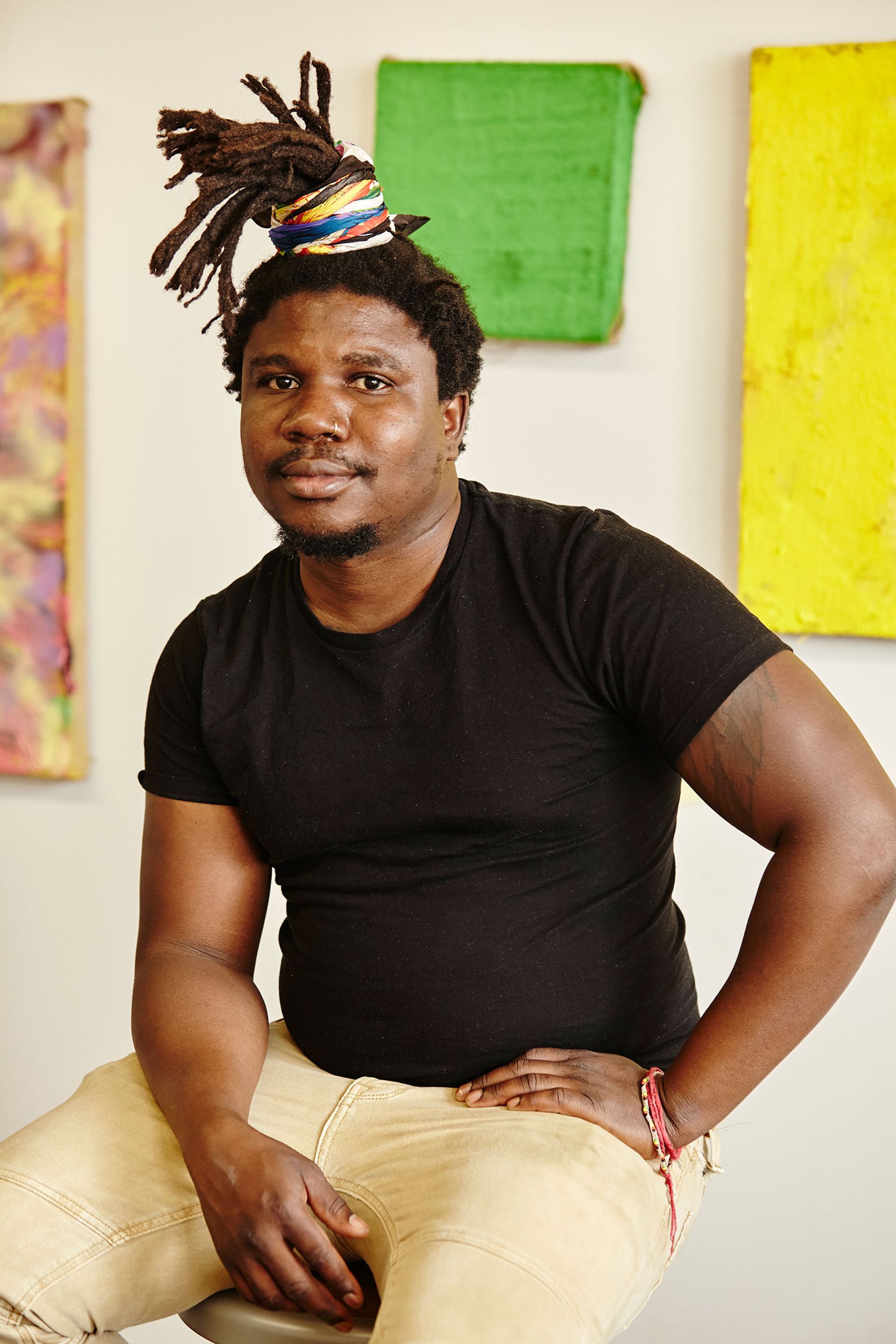
Alvaro Barrington will be creating new pieces in situ for Beautiful Collisions at Christchurch, Spitalfields, while his studio will be providing musical programming Photograph by Jeremiah Cumberbatch
The festival experience
Greenacre says that she and her collaborators have thought about the arts programme “as an integral part of the wider South by Southwest activations and activity”. She hopes that "it encourages us to rethink ways of being, our approaches, our collaborative exchanges. I really hope it highlights the cultural diversity of London and beyond.”
Moore hopes that people will come away from SXSW London, and its visual arts programming, feeling that “this selection of artists, the vibe of it, the way it's presented in multiple venues is really reflective of London and it will be something that you can't get anywhere else”. Max Alexander, the chief executive of the festival, Moore says, is looking at how business people are going to participate. “I do feel very strongly,” Moore says, “that … this is the only kind of [business-to-business] conference that has these cultural elements to it.” This matters, he says, because “business people who are interested in and well versed in the arts are going to be most successful in the future. I truly believe that that's true, that people who stand at the intersection of technology, business and art are best suited to success.”
Reflecting on the Warhol installation at Protein Works, Poots says he sees it as an “exploration of where, in a very creative way, art and technology can synthesise”. He finds it ironic that while Warhol was working “at the precipice of opening a new horizon for creativity”, the more mainstream artistic scene “was just not seeing what he was seeing and where it was heading”. Carrying that thought through to the present day, Poots says he hopes that the arts and technology programme at SXSW London will help foster an environment where, 60 years on from Exploding Plastic Inevitable, the artistic mainstream of the 2020s takes a less binary view of art and technology, of AI and NFTs, where so much creative magic is happening.
Poots hopes the visual arts programme, with its focus on art and technology interacting, will introduce “some curiosity for very interesting things”. Reflecting on the ongoing debate about AI's role in art, he mentions “that big divide we were all brought up with between fine arts and popular arts. Warhol helps us think about that a bit differently.”
Poots talks of the “necessity of these conversations right now within the wider landscape”. “South by Southwest has enabled that,” he says. “I'm grateful that we're able to explore quite cutting-edge, necessary, thoughtful conversations or topics at a moment when it feels really necessary that we do so.”
- SXSW London, 2-7 June 2025, Shoreditch, east London


